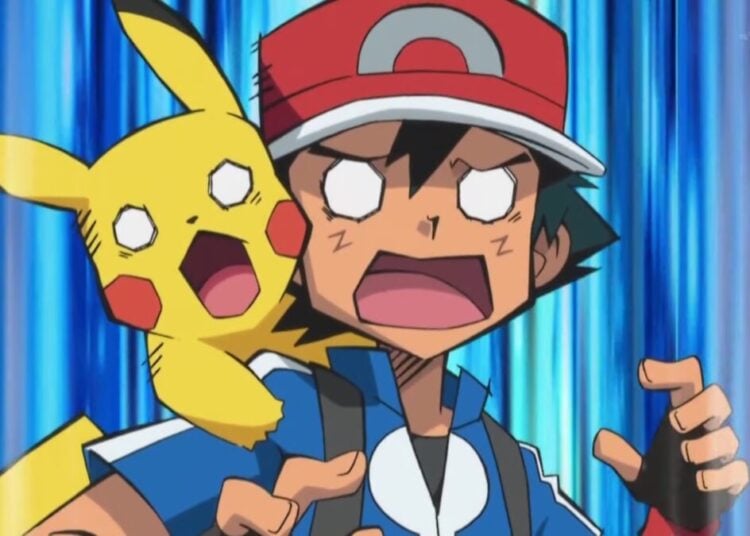Japan’s tendency to rank individuals in groups as senpai (sem-PAI, a senior member of a group, or upperclassman) and kouhai (koh-HAI, a junior member, or underclassman) can be puzzling to outsiders. Although it’s endured for centuries, the Japanese vertical social system is often put under pressure due to recent social changes. In the old days of Japan’s high period of economic growth, nearly everyone enjoyed lifetime employment: you joined a company at age 23 and slowly rose up the ladder as you got older, so senpai/kouhai relationships nearly always progressed parallel to the age of employees. In Japan today, however, it is quite possible for a 35 year old to experience risutora (Japanese for being laid off from a job, from the English word “restructure”) and find himself working under a 25 year old at a new company. This creates a new problem: which has seniority? In the context of the workplace, it’s the employee who joined the company first that is considered to be the senpai, even though he may be younger in age.
You can learn a lot about Japanese social relationships by reading manga comics, and one of my personal favorites was Maison Ikkoku, the Rumiko Takahashi classic that tells the story of a Japanese man, Godai, and his attempts to woo the manager of the apartment he lives in, the recently widowed Kyoko. During the rocky courtship of Godai and Kyoko, he always speaks to her with polite Japanese, attaching the formal -san to her name (e.g. Kyoko-san) because she’s two years older than him. Only at their wedding reception, after he’s become her husband and thus on the same level as her, can be bring himself to drop the formal -san ending and call her by her name, Kyoko. While many of the invisible social rules at work in Japan may seem odd, they do exist in English, too. I’m currently reading the Harry Potter novels to my son, and last night there was a scene in which Professor Dumbledore called Professor Snape by his first name, Severus. Why did he do that? my son wanted to know, since he could never conceive of calling his teachers by their first names. So we talked about the differences between how names are used in Japanese and English.
A person’s environment really shapes how they perceive the world. Once we took my daughter to an eye doctor in the U.S., who showed her some pictures and asked her to identify them so he could check her vision. The pictures included basic objects like a telephone, a shoe and so on, but some of the pictures looked so odd to her Japanese eyes that she couldn’t identify the objects correctly, even though she could see them fine. The other day she found a toy airplane I’d had sitting around the house, a model of an experimental weapon made by Germany during World War II. “This airplane looks upset,” she said to me. She had seen the iron cross on the German plane as the anime mark for being angry or upset.















